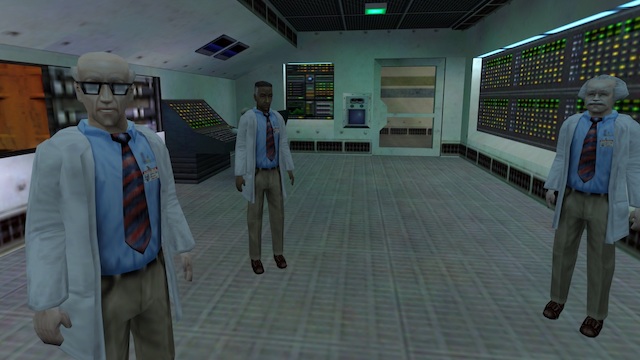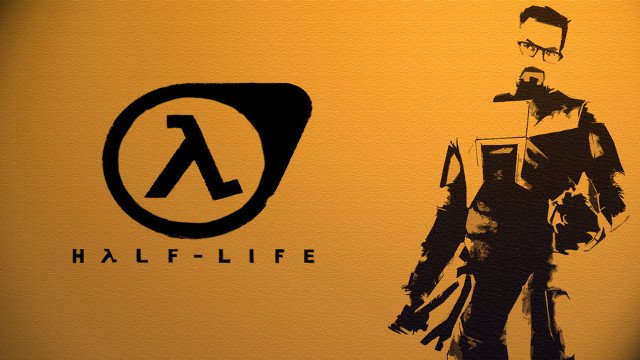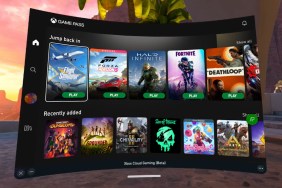Two decades ago, Valve completely changed the gaming landscape by releasing Half-Life into the world. Its first-person shooter was the culmination of years of work, and was immediately hailed as an all-time great after it released on November 19, 1998. It’s rare to be that highly acclaimed by both press and fans upon release, and even rarer to keep that reputation 20 years later, but nobody will argue the merits of the original Half-Life and how special it is to this day.
Players Having Complete Control

From the very moment that Half-Life begins to the ending, players have complete control of protagonist Gordon Freeman. Valve never takes control away from the player to show them cutscenes, and instead they are able to experience scripted sequence in their own unique way or even miss what is going on completely. It’s an incredibly engrossing way to tell a story, and it was completely revolutionary in 1998.
Despite being one of Half-Life‘s coolest features upon release, we’re still praising games for sticking to a character uninterrupted two decades later. God of War received a ton of kudos for always keeping a “long-shot” camera that kept the game focused on Kratos and never broke away from him. It’s a slightly different scenario as the PlayStation 4 exclusive features zero loading screens, but it’s clearly building upon the framework that Valve set in terms of innovative storytelling.
Half-Life Feels Like an Actual World

Another aspect that separated Half-Life from its first-person shooter predecessors like Quake and Doom is that it felt like a wholly complete world. Black Mesa, while not anyone’s typical workplace by any means, is a believable location that people could feasibly work at. There are break rooms, locker rooms, and even vending machines that exist to give the entire experience a layer of believability.
Nothing about the world of Half-Life feels like it was simply designed for players to shoot enemies in. It’s a much more organic experience, as if Valve crafted the actual facility first and then added in enemies in ways that made sense. When combined with the aforementioned natural storytelling, it wound up crafting an experience that was revelatory at the time. Games rarely featured world building this detailed, let alone in a genre known for its frenetic action and explosions.
An Incredible Opening

While the second half of Half-Life is largely considered inferior to the segments that preceded it, that’s not much of a criticism considering that it has one of the greatest opening sequences of all time. It starts off as a totally normal day at work for Gordon Freeman, a scientist at the Black Mesa Research Facility. Players ride the long entryway into the building and get a great presentation of the area. It’s an atmospheric opening that prioritizes mood and tone over immediate action.
In fact, there’s no combat at all for the opening moments. Freeman is simply going about his shift until things go terribly wrong, and vicious alien-like creatures start appearing. It goes from a regular day to mayhem very quickly, and that jarring shift is what made it so impactful. What follows is an excellently designed act as Freeman slowly gains new weaponry (he starts off with only his iconic crowbar), and goes from a silent worker to an iconic badass.
Half-Life Created Iconic Characters

Gordon Freeman was a stand-in for the everyman, which helped him become such a gaming icon. He wasn’t depicted as a highly trained soldier like Wolfenstein‘s B.J. Blazkowicz, but a regular employee that had been thrusted into a series of events that was seemingly beyond him. However, he was able to rise to the occasion thanks to the player’s guidance. Most heroes are memorable due to their unique skills, but Freeman gained his legendary status because he was a blank slate.
Furthermore, Half-Life‘s great art design gave way to plenty of other great foes. The headcrabs and the main antagonist, “G-Man,” have become two of gaming’s most recognizable villains. Headcrabs were notorious due to their versatility and terrifying look. “G-Man” was memorable due to his mysterious presence and the ability to raise more questions than answers. By doing this, Valve was able to let fans’ imaginations go wild with possibilities. It was a great example of “less is more” design.
Half-Life Remains Legendary
These are just a few of the reasons why Half-Life is so beloved. It truly is a classic, and it’s such a testament to Valve’s design that the original shooter is still a great game in 2018. From the advanced artificial intelligence that would only get better in its sequel to the innovative storytelling methods, Half-Life‘s DNA can still be seen all over gaming 20 years later. From Bioshock to God of War and many, many more, Half-Life lives on even if there aren’t any new official Half-Life to speak of.








